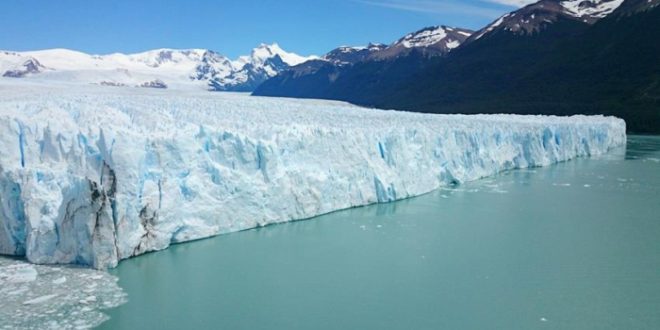Beijing. Chinese scientists are doing their best to save ice near the top of the Dagu Glacier,( glacier) 3 miles above sea level in the southwestern region. A group of scientists is planning to cover a mountain of sheets of ice spread over 4,300 square feet (400 square metres) with thick rolls of white cloth. The specialty of this white sheet is that it will reflect the sun’s rays back into the atmosphere. This sheet is designed to effectively insulate the glacier from heat and preserve its ice.
This Dagu mountain has proved to be the lifeline of thousands of people living nearby for decades. The meltwater from the glacier provides drinking water to these residents and helps generate hydroelectricity. Every year more than 2 lakh tourists come to visit this Tibetan mountain to see the beauty of this glacier. Now it is in danger due to the increase in the temperature of our earth. The glacier has already lost more than 70% of its ice in the last half century. But Chinese scientists are now trying to increase its lifespan by covering it with a white sheet. But, this plan can be short-term but if it is to be saved, then the main reason for global warming will have to be a huge reduction in the emission of carbon dioxide, China is its main source in the world.
At the same time, 32-year-old Nanjing University associate professor Zhu Bin, who is leading the campaign, said, ‘We are using all the human methods that can slow down the melting process of ice, but our earth is melting at the same speed. If warming continues, there is no way to keep the glaciers safe forever. He told that the process of covering the snow with a white reflective sheet is not a new idea. About two decades ago European ski resorts covered it with a white sheet to save snow. In the year 2020, a small test was done on a glacier in Xinjiang and Dagu. But the return of scientists to Mount Dagu is a very slow process.
The sheet that Zhu Bin’s team is using to cover Dagu’s glacier is capable of reflecting 93% of the Sun’s light. This white sheet film is made from cellulose acetate, a natural fiber derived from plants, to eliminate the effects of the sun. These sheets can be spread on the glacier with the help of drones.
The process of laying sheet on the glacier is not an easy task. Scientists located at a high altitude above sea level had to face a lot of difficulty due to headache, nausea and lack of oxygen. Apart from this, his main objective was to secure the ice sheets with steam drill, wooden frame and nail gun. As they went deeper into the glacier, the snow up to their waists became so thick that it became very dangerous to move forward. Due to which he had to return back to his camp.
At the same time, Matthias Huss, Professor of Glaciology at ETH Zurich, told that, ‘The melting of ice from the sheets can be reduced by 50% to 70%. But the chemicals or plastic particles released from these can have negative effects on local ecosystems and downstream water quality. He said, ‘This work at the local level is commendable, but the only answer for an effective solution is “climate protection.”
But many climatologists have deemed this plan impractical. They believe that if the snow is covered with a sheet, the area below will turn black and its ability to reflect sunlight will decrease. He has advocated the use of ‘artificial snow’ to save the ice sheets.
 Indian Thought Latest News & Views
Indian Thought Latest News & Views



